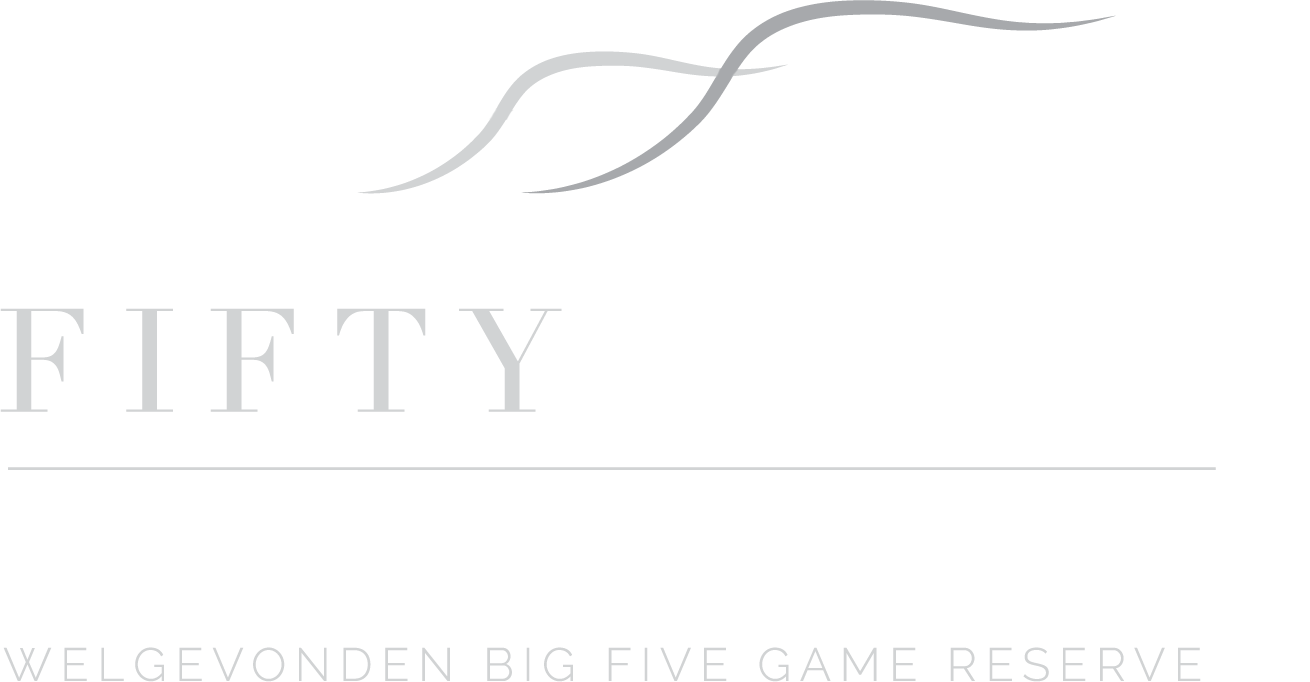28 Jan Big Five Game Lodge in the Big Five Country
Big Five Game Lodge in the Big Five Country
Fifty Seven Waterberg, our exclusive, luxurious, and private game lodge in Welgevonden Private Game Reserve is in Big Five country, where our guests’ chances of spotting all five are pretty good – much better than average. The reasons for this welcome phenomenon are multiple and varied.
- Game in the reserve has never been hunted by humans, who do not interfere with animals or intervene in their normal, natural activities.
- Our game and environment are protected and preserved, as befits the ethos, practices, and policies of a bona fide game reserve.
- There is enough water in the Waterberg to sustain wildlife and the abundant natural indigenous vegetation.
- The territory around our game lodge in the reserve is sufficiently extensive to accommodate large populations of game animals, including the famous, fabulous Big Five.
- Game drives take place twice daily, in the early mornings and evenings, the best times to see both nocturnal and diurnal species.
- A friendly, knowledgeable Fifty Seven Waterberg guide or ranger takes visitors out on an open game drive vehicle. Experience has taught him when and where to find game, especially the sought-after Big Five.
The Beautiful Big Five
The Big Five group consists of the so-called King of the Jungle, the African lion, the elusive, solitary African leopard, the docile looking but fierce Cape buffalo, the relatively poor-sighted rhino, which makes up for his lack of acute vision with a keen sense of hearing and an inclination to charge, if feeling threatened, and the biggest of all land mammals, the African elephant, said to have an incredibly long memory.
Big Five Babies
We are privileged and delighted to have all the Big Five species near our game lodge, and thought that our prospective guests might be interested in taking a peek at their babies and their natural behaviour as it relates to their young.
- Lionesses leave the pride for a hidden, sheltered spot to give birth to cubs, on average two or three per litter. These social cuties are extremely vulnerable. Other predators kill unattended cubs, as do male lions that want to take over the pride and bring the female back into oestrus. The lioness keeps cubs hidden for approximately six weeks, after which she introduces them to the pride.
- Leopards are solitary, only coming together to mate or fight for territory, a kill, or the right to mate. Female leopards typically produce one to three cubs, but their mortality rate is high. The mother is solely responsible for the care and training of cubs.
- Elephants have a gestation period of about 22 months, giving birth to one baby at a time. Mother is fiercely protective of her baby, which suckles for up to three or four years.
- Female buffalo produce one calf at a time, although twins have occasionally been reported. Mothers will attack anything that threatens their calves.
- Mother rhino’s gestation period is about 15 – 16 months. She gives birth to one calf, but like the buffalo, twins may occur, but rarely. Babies stay with the mother for about two – three years, males tending to leave a bit sooner.
There is a lot more about the Big Five and their babies to tell, see, and experience at our luxurious game lodge in the Waterberg bushveld, and we look forward to introducing our game to you too. Treat yourself to a Big Five bush break at Fifty Seven Waterberg soon.

